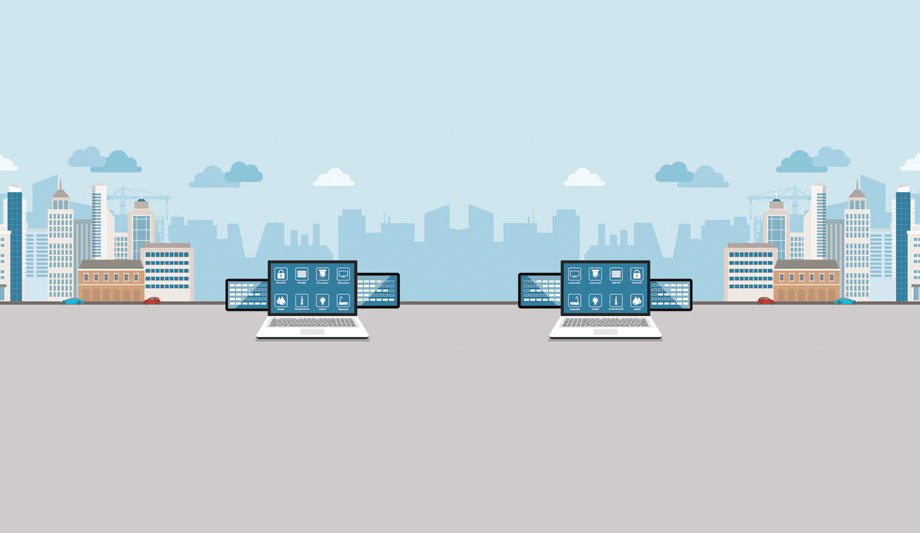Smart buildings are on the rise around the world, not only because a growing number of companies are considering their environmental impact, but also because of the dramatic cost savings that can be realised through integration. In every building that has an integrated security and access control system, an opportunity awaits to also integrate the building’s energy use, water use, ventilation and more. The key is to effectively convey the tremendous potential of this new technology to the end user.
Creating ROI for end users
As with any new product, it is critical to be able to clearly outline the end user’s potential return on investment. This can be achieved by a detailed cost analysis that compares current use and expenses to the results that can be achieved through upgrading equipment and integrating technology. When surveying, you should look at everything from air handlers and chillers to irrigation and what types of lighting are currently in place. Be sure to also include details such as switching to LED lighting and updating compressors and chillers and show the total potential cost savings.
Here are some supporting facts that can be included in your assessment:
- The EPA estimates that the typical commercial facility wastes 30% of its energy. When you consider that commercial and industrial buildings in the U.S. are responsible for $200 billion in annual energy costs, that translates to $60 billion being wasted each year.
- According to a recent EnergyStar estimate, upgrading to stand-alone intelligent controllers can reduce lighting expenses by as much as 40 percent.
- A study by The World Green Building Council found 81 percent of workers have a difficult time concentrating if the temperature is higher than the norm, while 62 percent say it takes up to 25 percent longer to complete a task when they are too hot. However, with a lack of air and energy control, it can cost a company millions to maintain.
Remote monitoring
These examples of ROI are significant for any type of facility and the savings realised through building automation can free up money for other projects, while enhancing technology, comfort, and security. This can be a key selling point for customers in the education, healthcare and government markets.
Building automation also enables facility managers to remotely monitor and manage devices. Having these “no tour” capabilities can save valuable time and money in addition to the benefits that come with being able to monitor critical building systems in real time.
 |
| Building automation enables facility managers to remotely monitor and manage devices |
Make buildings smarter
Although it may be part of the overall budget in new construction, automation might require a phased approach when retrofitting an existing building. This can help avoid making the transition feel overwhelming for the building occupants. Establish goals with milestones set for the next 60 days, then 6, 12 and 24 months out.
60 days – Set goals for improving efficiency. Compare energy costs across multiple locations or conduct a study of energy use in one location to establish a baseline of use and areas of loss/waste. Establish a test case by installing appropriate sensors, equipment and network technology in one location.
6 months – Use the data gathered from your test location to establish an initial ROI, look for areas to further improve and target other buildings or other areas within a building to implement the new system.
12 months – Track energy use at all locations to measure energy savings and establish overall ROI. Consider adding a building management system to increase efficiency and savings.
24 months – Develop a long-term plan for energy savings, including how to integrate new facilities into the overall solution.
Creating a connected system
Creating a connected system that allows every part of the building to share information results in maximum efficiency and ultimately, real cost savings for the customer. Effectively sharing that vision with customers creates new business opportunities beyond access control in every building.
However, it is important for integrators to be aware that as the trend of building automation accelerates, the traditional industry boundaries are being blurred, making it more difficult for customers to distinguish knowledgeable industry experts from opportunists. Just as clients can be overwhelmed by the amount of choice and complexity when selecting an access control system, they will need a good deal of advice and handholding to automate the systems in their facility. As always, earning the respect and trust of clients will be vital to your long-term success.


